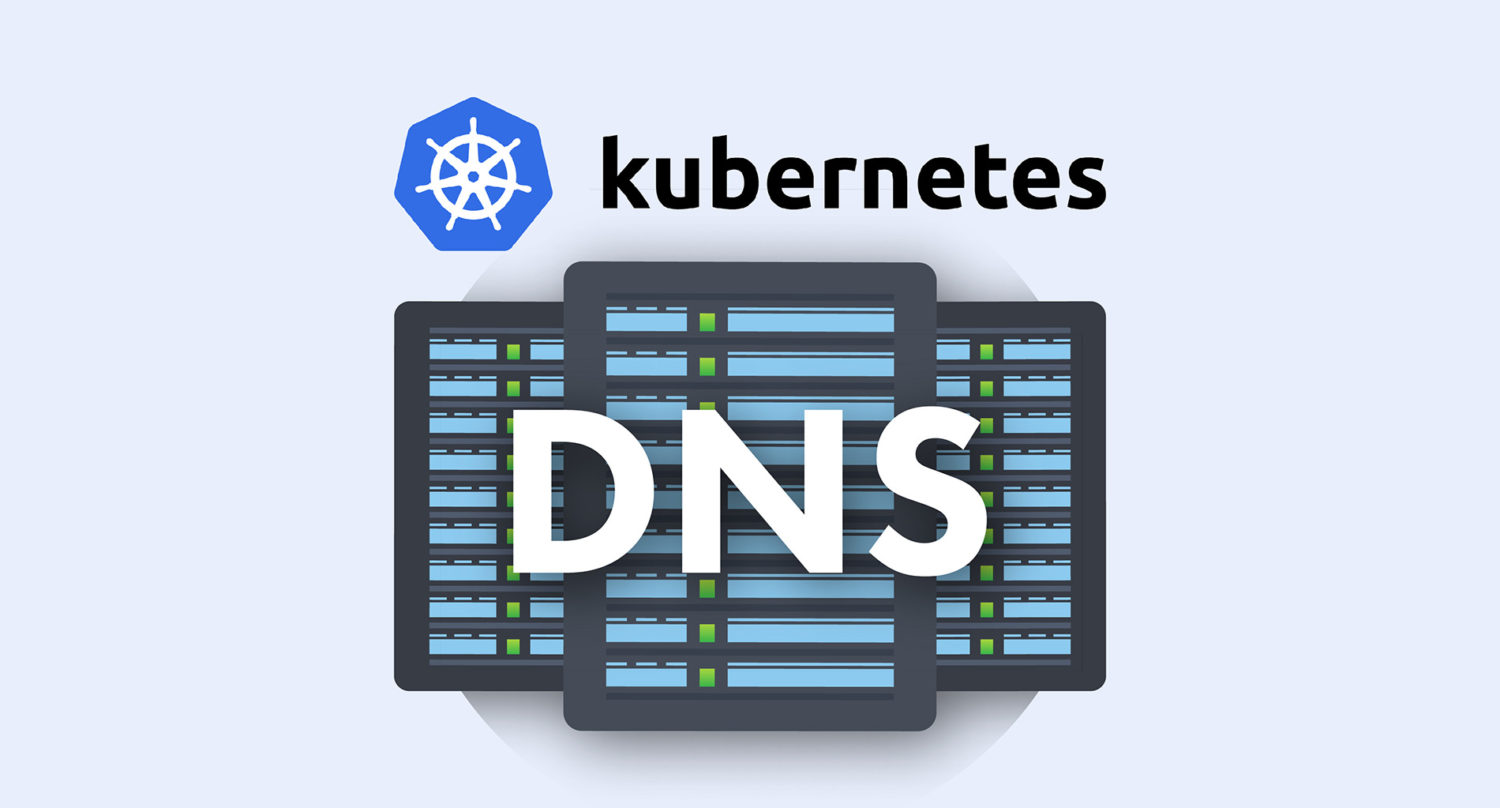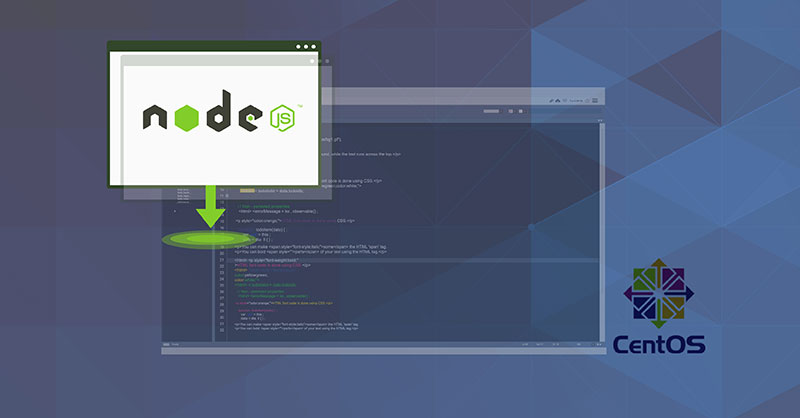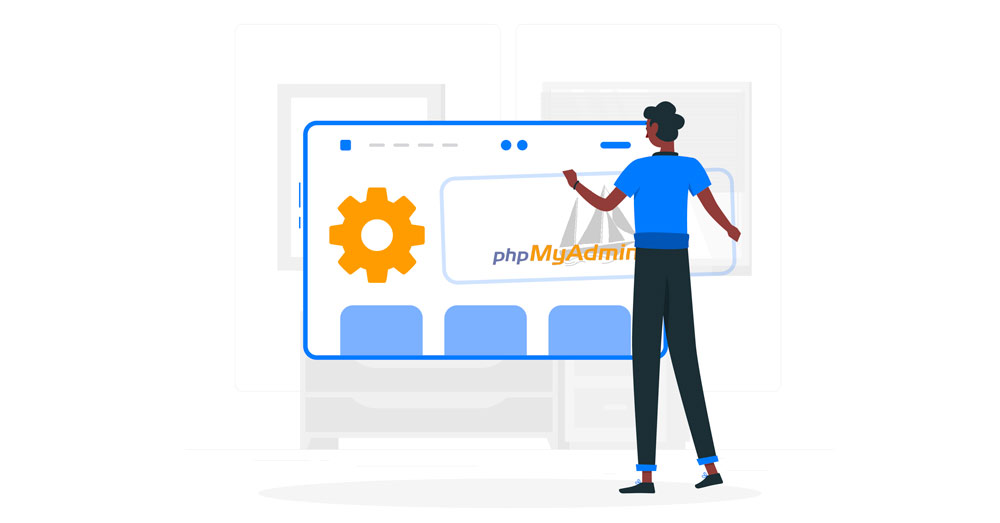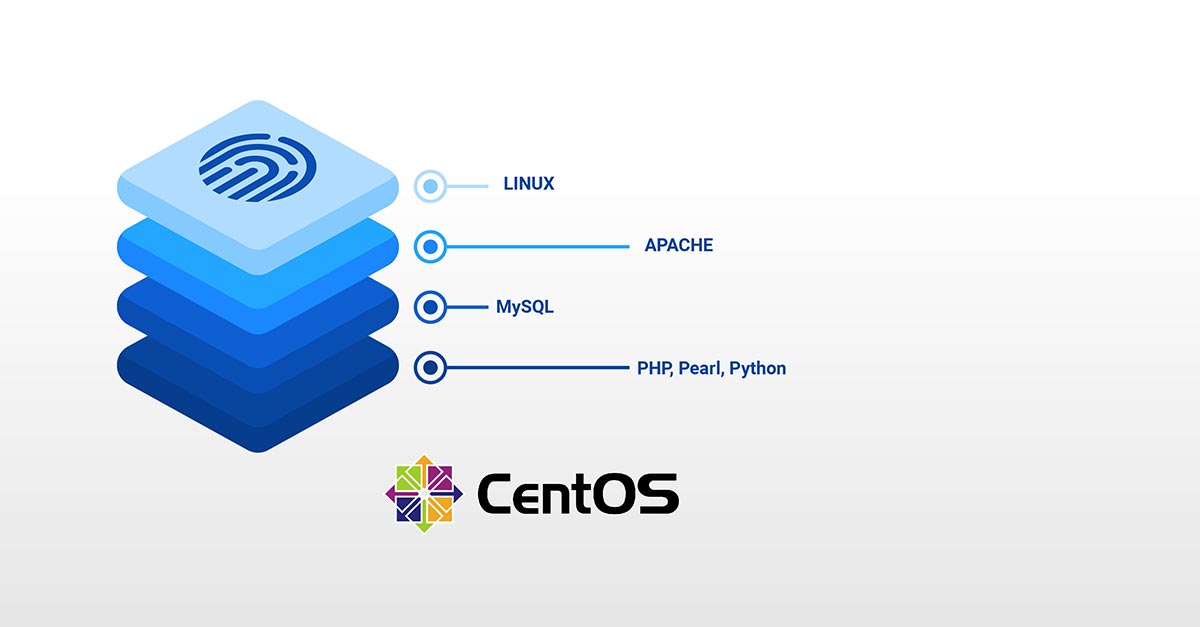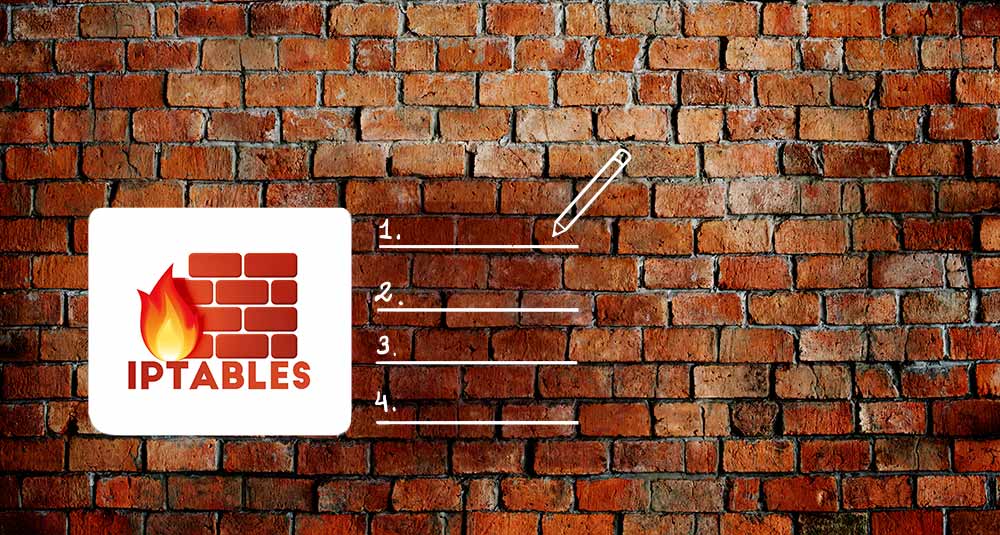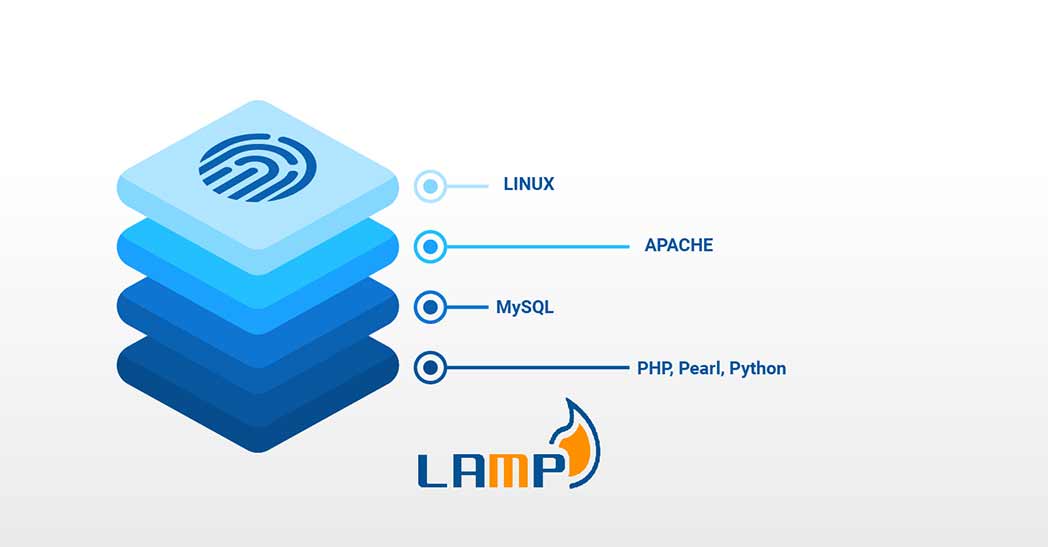Kubernetes, also known as K8s, is an open-source orchestration system for automating deployment, scaling, and managing containerized applications. Its portability, flexibility, and automatic scaling capabilities make it an extensively used system. Above all the standout features, the option to create DNS records for services and pods makes it unbeatable from other software systems. Kubernetes DNS service allows you to contact …
How to Reset MariaDB or MySQL Root Password
MySQL is one of the most popular database systems out there. It’s an open-source relational database management system that follows a client-server model. MySQL is at the core of many of the online services we enjoy on a regular basis. MariaDB is a community-developed fork of MySQL that enjoys commercial support. In the MySQL ecosystem, root is the default user …
Installing Node.js on CentOS 8: a Complete Guide
Introduction Node.js is a free-to-use, open-source server environment. It is commonly used for browser-based web development purposes. It allows developers to use JavaScript to do backend programming. Since most developers are intimately familiar with JavaScript, it makes things very easy. The program lets you add, modify, and delete files on the server, produce dynamic content, and collect data. In this …
Installing and Securing phpMyAdmin on Ubuntu 18.04
MySQL is an open-source RDBMS based on SQL queries. It’s easy to use, secure, free, and open-source (under the GNU license). In addition, it is highly flexible, memory efficient, and high-performance. Because of all these features, MySQL finds its way in even the top-tier industries. When working with MySQL, most of the time, the interactions occur through the MySQL CLI …
How To Install Linux, Apache, MySQL, PHP (LAMP) stack on CentOS 7
LAMP is an acronym of a very popular web stack – Linux, Apache, MySQL, PHP. All of the four components of LAMP are open-sourced and are suitable to deploy dynamic websites and web applications. In this tutorial, we will walk you through setting up a cloud server with the LAMP stack. LAMP Stack: L – Linux L in LAMP stands for …
Listing and Deleting Iptables Firewall Rules
Iptables is the primary firewall that comes with most of the Linux distros by default. It’s responsible for handling network security. It works by comparing the data packets against a set of rules, instructing the system to accept, refuse, or forward a connection according to the rules. In this tutorial, we will show you how to list and delete rules, …
LAMP Stack setup – Linux Apache MySQL PHP
LAMP is an acronym of a very popular web stack – Linux, Apache, MySQL, PHP. All of the four components of LAMP are open-sourced and are suitable to deploy dynamic websites and web applications. In today’s tutorial, I am going to show you how to set up a cloud server with the LAMP stack. LAMP Stack: L – Linux L in …


